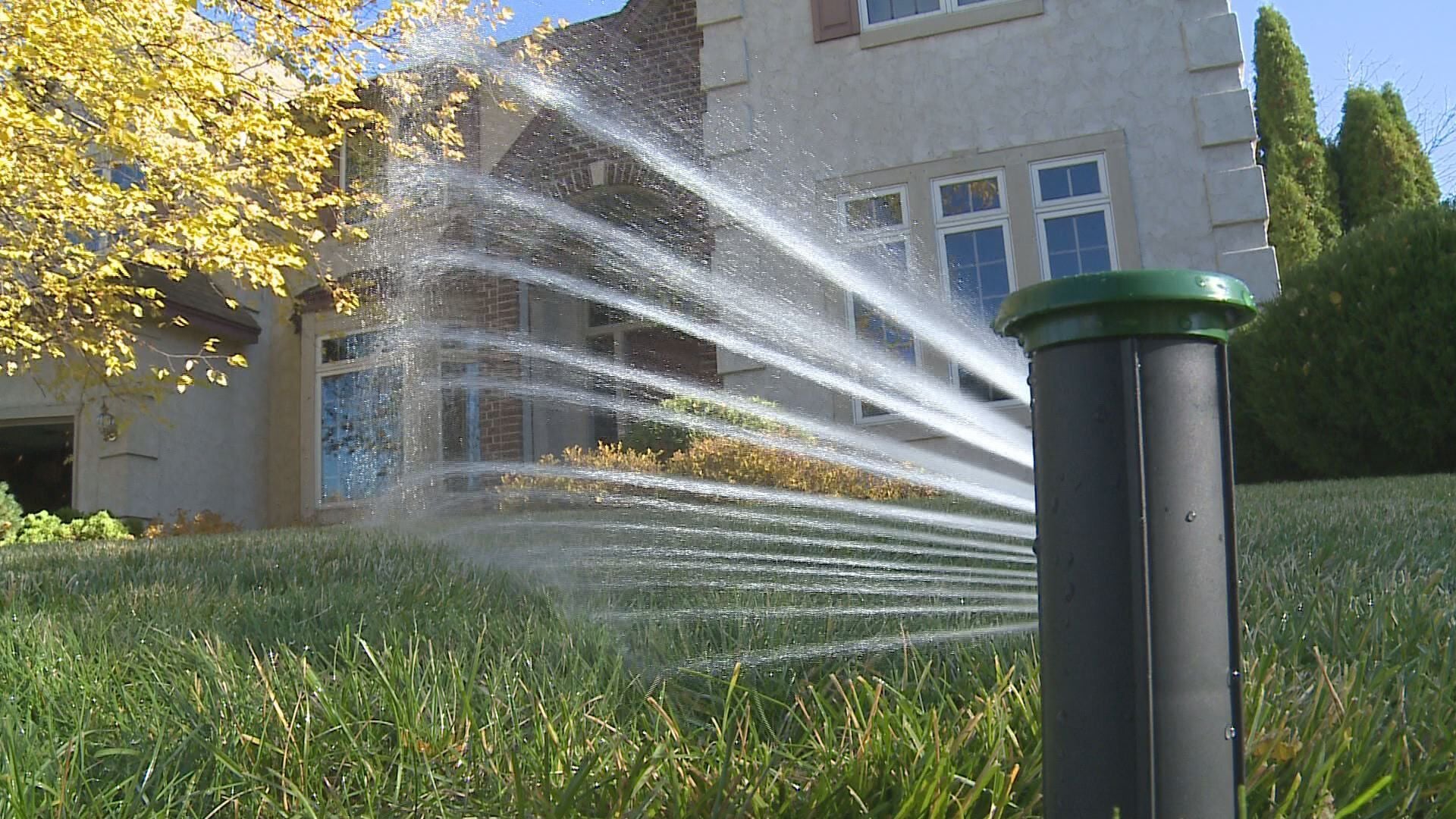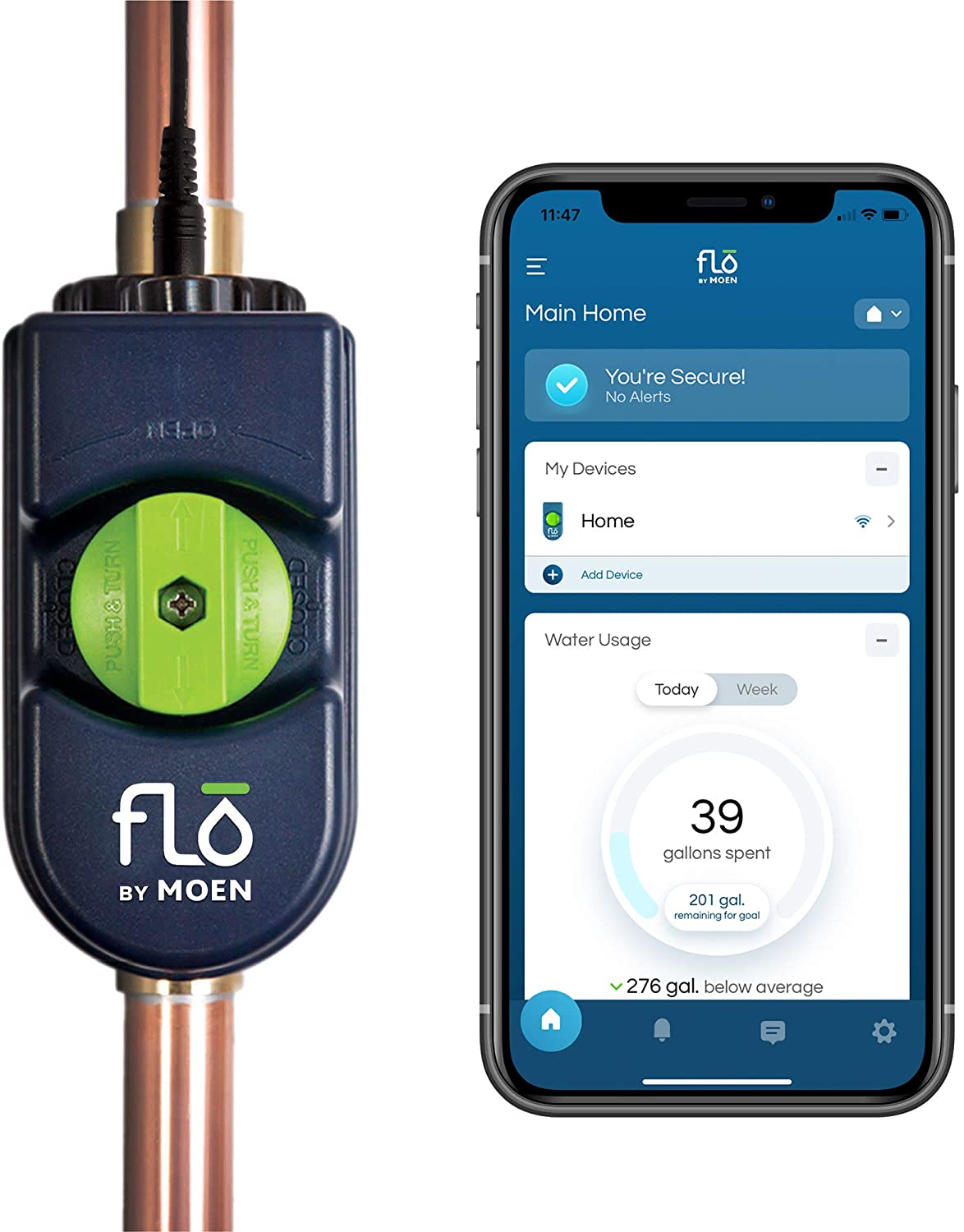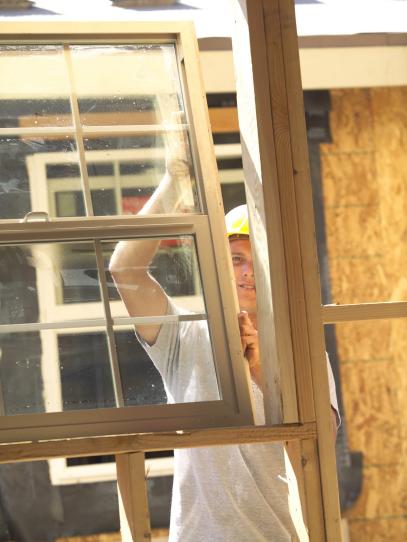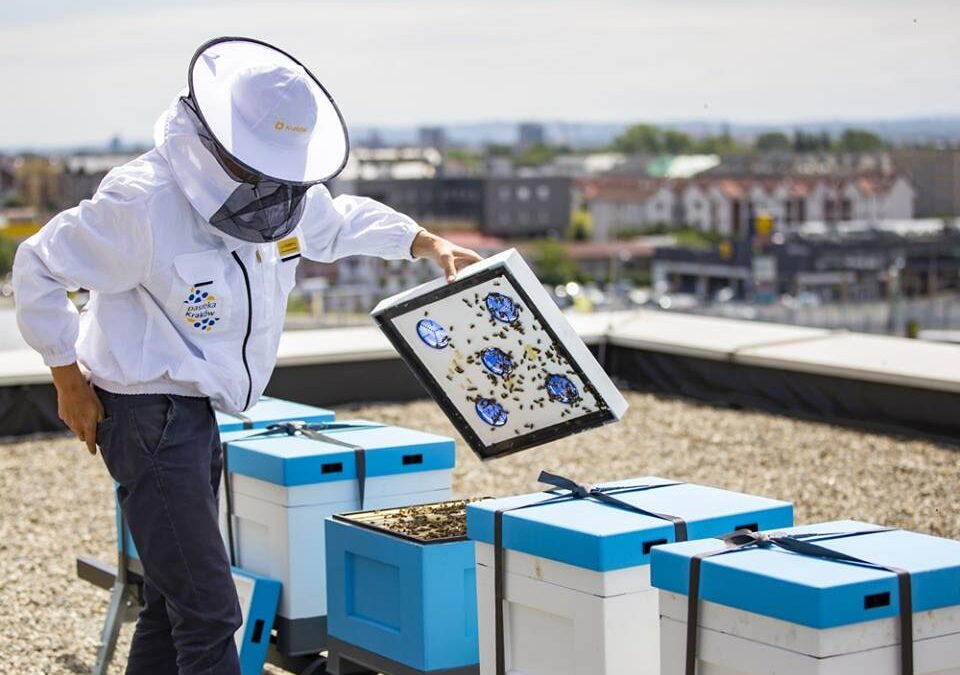
Empower Your Home: DIY Solar Panel Installation Guide

Empower Your Home: A DIY Solar Panel Installation Guide
Harnessing solar energy for your home is a sustainable and cost-effective choice. In this DIY Solar Panel Installation guide, we’ll explore the steps and considerations to empower your home with clean and renewable energy.
Understanding the Basics: Solar Energy Essentials
Before diving into the installation process, it’s essential to grasp the basics of solar energy. Solar panels convert sunlight into electricity, offering a green alternative to traditional power sources. Understanding how solar energy works lays the foundation for a successful DIY installation.
Assessing Your Home’s Solar Potential: Sunlight and Shadows
A crucial step in DIY Solar Panel Installation is assessing your home’s solar potential. Evaluate the amount of sunlight your location receives throughout the day and identify any potential shading issues. Maximizing sunlight exposure ensures optimal energy production from your solar panels.
Determining Your Energy Needs: Sizing Your Solar System
Calculate your home’s energy needs to determine the appropriate size for your solar system. Consider your average electricity consumption, peak usage times, and any future changes in energy demand. Proper sizing ensures that your DIY solar installation meets your household’s power requirements.
Selecting the Right Solar Panels: Efficiency and Cost Considerations
Choosing the right solar panels is a critical decision. Consider factors such as efficiency, durability, and cost. High-efficiency panels may cost more upfront but can yield greater long-term savings. Research and compare options to find panels that align with your budget and energy goals.
Inverter Selection: Converting Solar Power to Usable Electricity
Solar inverters play a key role in the energy conversion process. They convert direct current (DC) generated by the solar panels into alternating current (AC) used in your home. Selecting the right inverter ensures efficient energy conversion and optimal performance of your DIY solar system.
Legal and Regulatory Considerations: Permits and Incentives
Before starting your DIY Solar Panel Installation, research local regulations and obtain any necessary permits. Additionally, explore available incentives, rebates, and tax credits for solar installations in your area. Understanding the legal and financial aspects ensures a smooth and compliant installation process.
Roof Preparation and Mounting: Ensuring a Secure Foundation
Prepare your roof for solar panel installation by ensuring it is in good condition and can support the added weight. Choose a secure mounting system that aligns with your roof type. Proper roof preparation and mounting are crucial for the longevity and stability of your solar panels.
Wiring and Connection: Creating a Functional Solar System
DIY solar installation involves connecting your solar panels to the inverter and your home’s electrical system. Follow safety guidelines and local electrical codes during the wiring process. Ensuring a secure and functional connection is essential for the reliable operation of your solar power system.
Testing and Monitoring: Verifying System Performance
After completing the installation, conduct thorough testing to verify the performance of your DIY solar system. Monitor energy production, check for any issues, and ensure that your system is operating efficiently. Regular monitoring allows you to address potential issues promptly and














